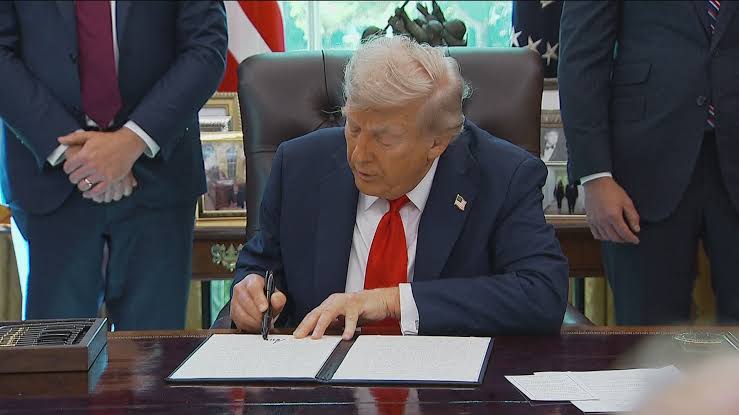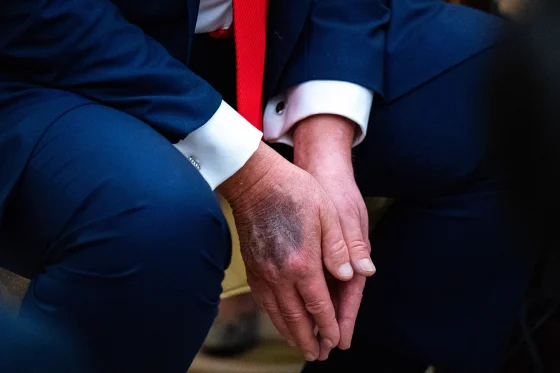“If you burn a flag, you get one year in jail, with no early exits,” President Donald Trump said of the American flag on Aug. 25, 2025. President Trump signed an executive order late August banning the burning of the American flag, something the U.S. Supreme Court had ruled as a First Amendment right.
The First Amendment of the U.S. Constitution clearly states that “Congress shall make no law respecting an establishment of religion, or prohibiting the free exercise thereof; or abridging the freedom of speech, or of the press; or the right of the people peaceably to assemble, and to petition the Government for a redress of grievances.” However, people remain divided on whether the burning of the flag should be protected by free speech.
Supporters of the order claim they want to “restore respect and sanctity to the American Flag” by prosecuting those who burn it and “desecrate the symbol of this country,” as said by President Donald Trump.
This is not the first time politicians have made attempts to ban the burning of the flag. In 1989 Congress passed the Flag Protection Act, making the burning of the flag a federal crime. Former President George H.W. Bush signed it into law; however, the Constitution remained the same, and the U.S. Supreme Court ultimately struck it down.
Following the Bush Era, Hillary Clinton co-sponsored a similar bill. A vote to amend the U.S. Constitution passed in the House but failed in the Senate by one vote.
Opposers of this executive order, such as Antonin Scalia, a former Associate Justice of the Supreme Court, point out that the First Amendment addresses criticism of the government, such as flag burning. Scalia remarked that, “[Governmental critique] was the kind of speech that tyrants would seek to suppress.”
President Donald Trump’s order bans flag burning if it incites violence, despite it being tough to legally prove inciting violence. This is where the Brandenburg v. Ohio case in 1969 comes into play. Ku Klux Klan (KKK) leader Clarence Brandenburg held a rally in Ohio where members made controversial remarks about race and religion, and called for “revengeance” against the black and Jewish communities. He was prosecuted under Ohio’s Criminal Syndicalism Act, but his conviction was later overturned, establishing that the government cannot punish inflammatory speech unless that speech is “directed to inciting or producing imminent lawless action and is likely to incite or produce such action.”
The Supreme Court looked at Brandenburg’s rally–the hoods, burning cross, racist rants and weapons–and deemed it not an imminent threat.
This ruling is why hate groups can legally continue to march and rally while spewing hate speech.
It is why the Westboro Baptist Church can I hold signs that say “God sent the shooter” outside the funerals for children killed in a mass shooting.
Still, President Donald Trump continues to search for a way to prosecute flag burners, saying the act “incites riots at levels that we’ve never seen before”.









